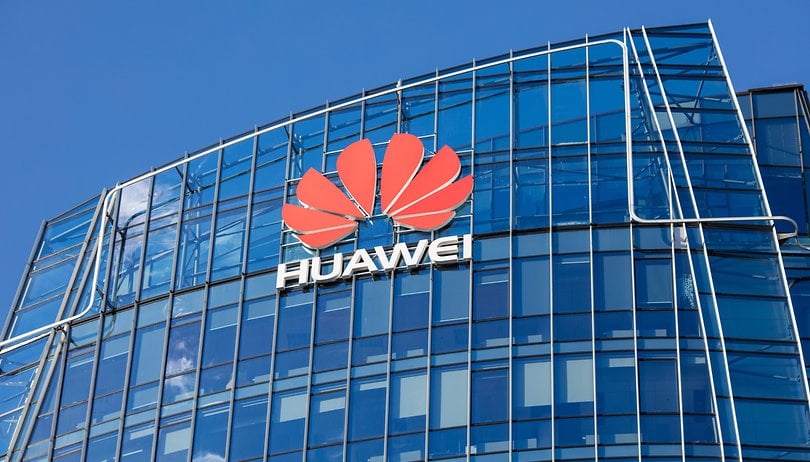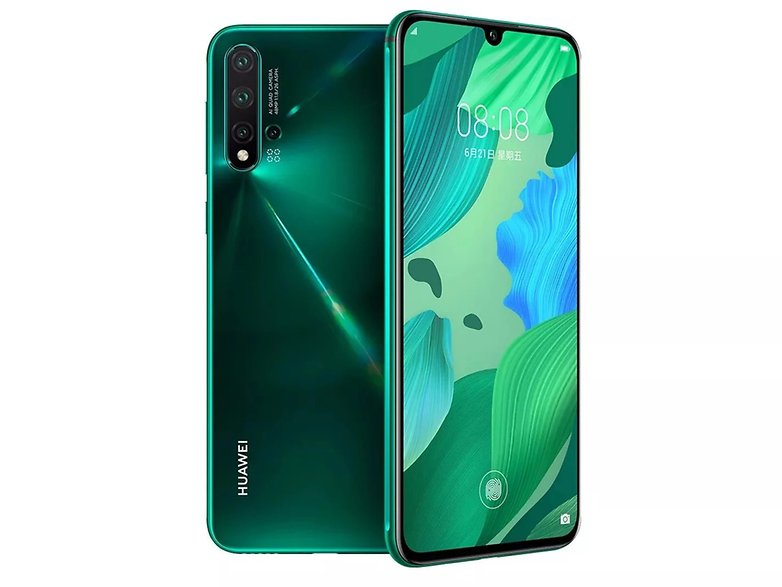Huawei reveals Kirin 810, new Nova 5 smartphones and MediaPad M6

While a majority of manufacturers choose chips from third-party suppliers (Qualcomm's SoC Snapdragon for high-end devices, for example), others prefer to work alone. Huawei uses its subsidiary, HiSilicon, to do this. Now, we've see the latest development, the Kirin 810, which is aimed at the mid-range market.
The Kirin 810 mid-range SoC
According to Huawei, processor performance has been improved by 11% in the single-core and 13% in the multi-core. In terms of graphics, the GPU will be three times higher than that of Kirin 710 and 25% higher than that of the Snapdragon 730, if we believe AnTuTu (take this information with a pinch of salt).
Not surprisingly, the Kirin 810 uses the same 7nm process used on the Kirin 980 but unlike the latter, the objective is not to equip flagships but the mid-range segment of the smartphone market. This mid-range is very important these days. It is more accessible and, in 2019, can easily meet the expectations of the majority of people.
The processor has 8 cores:
- 6 Cortex A55s clocked at 1.88 GHz
- 2 Cortex A76s clocked at 2.27 GHz
As you can see, it is the Cortex A76s that will be used for the most complicated tasks.
The new Nova 5 range
What is the use of a new SoC if there is no smartphone to demonstrate its potential? Huawei presented its Nova 5, Nova 5 Pro and Nova 5i alongside the Kirin 810. The Pro model is the most advanced, featuring a Kirin 980, an OLED display, FHD+ definition, four cameras (with wide angle, depth and macro lenses), a 32-megapixel selfie camera and 40W fast charging. Inside, the Kirin 980 is supported by an 8/128GB or 8/256GB configuration of RAM and storage.
The Nova 5 has the same characteristics but uses a Kirin 810. The 5i goes even further by opting for a Kirin 710, but surprisingly it keeps all four cameras. The fast charge drops to 18W. European prices are not yet known.


The new MediaPad M6
Huawei also presented a new version of its MediaPad. You have a choice between two models (8.4 inches and 10.8 inches), a strategic choice that allows you to cohabit between a normal tablet and more of a multimedia tablet. The other difference is the size of the battery (6,100 mAh and 7,500 mAh), all other characteristics are the same:
- Kirin 980
- 4/64 or 4/128 GB
- 13-megapixel camera at the front
- 8-megapixel camera at the back
This top-of-the-range tablet has potential in a somewhat difficult market. In the end, the only real problem is the future of Huawei, which may have an impact on decisions.

It remains to be seen whether these devices will be available in Europe or the United States.



















